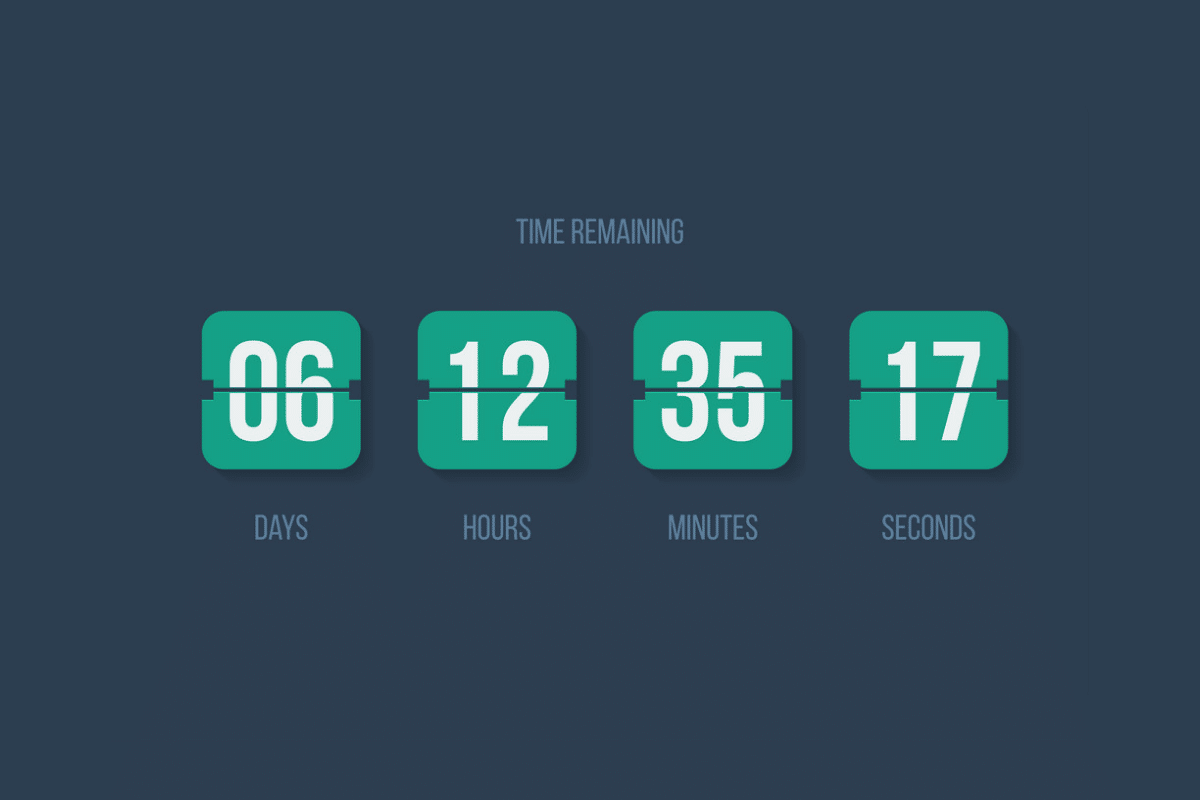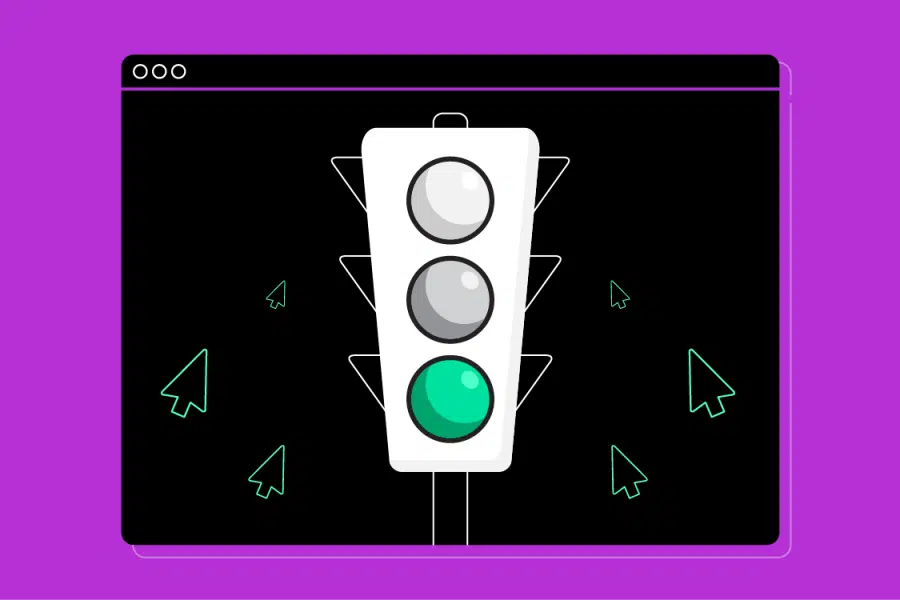Whether you run an e-commerce business, a software as a service (SaaS) company, or a brick-and-mortar storefront, the struggle is the same: How do you drive more traffic to your website?
Getting potential customers to your website is critical. Why? Because more traffic means more sales.
Potential customers often need to visit your website and interact with your content multiple times before purchasing. In fact, 80% of sales happen between the fifth and twelfth touch points.
So, are you struggling to drive traffic to your site?
We have you covered.
Here are 9 straightforward content creation tactics digital marketing pros use to improve content quality and increase website traffic:
1. Unique Headlines
How many marketing messages would you estimate you see in a typical day? A dozen? A few hundred?
Try more than 5,000.
Of course, you’d never have time to read or act on them all — and neither would your prospects.
That’s why it’s important to create unique, compelling headlines. You need your content to break through the noise, capture attention, and drive traffic to your site.
Here are three tips for writing headlines that get attention:
Tip #1: Numbers
Start with a number. Start with an odd number to achieve a 20% higher click-through rate (CTR).
Tip #2: Emotions
Inspire emotion instead of logic alone. Mention a benefit or highlight what the content can help the reader achieve.
Tip #3: Mistakes
Pique interest using the word ‘mistakes’, e.g., 5 Headline Writing Mistakes You Didn’t Know You Were Making. Readers will click this story because they want to be sure they aren’t doing something unwise when writing headlines.
2. Bottom Line Up Front (BLUF)
Imagine for a second that you wrote a brilliant headline that drives tons of traffic to your blog post or landing page. But your copy goes on for too long, causing many hard-won prospects to click away.
With the BLUF — bottom line up front — your website copy gets straight to the point and can drive more conversions. In journalism, you might call this the lead. It could be a single sentence that appears at the beginning of your content, serving as a summary, covering the who, what, when, where, and why.
To adapt the BLUF to your website content, start pages with a short, snappy Bottom Line section that sets the scene and entices prospects to read more.
3. Time To First Value (TTFV)
TTFV usually refers to when a customer first realizes the value of your product. You might call it the ‘Aha moment,’ where customers see the benefit of using your product.
If you work in sales or support, you think about reducing TTFV as an onboarding metric. The sooner a customer can realize the value, the more likely they’ll stick around.
But reducing TTFV is also useful even before a sale. Content marketers should think of their content as a product itself. And like all products, you want a low TTFV.
Content with low TTFV is more likely to be consumed, shared, and drive conversions.
4. Exceptional Readability
Your content could be top-tier and deliver incredible value, but if it’s hard to read, people will likely click away quickly.
Follow these rules when crafting blog posts and website copy to improve readability and decrease your bounce rate:
Rule #1: Use Subheadings
Use subheadings to call attention to your main points. They add structure and help readers see where to focus their attention.
Rule #2: Keep It Short
Vary your sentences and write short paragraphs. The more concise, the easier it is to absorb.
Rule #3: Make Lists
Make numbered or bulleted lists. They organize your copy, making consuming it infinitely easier and more enjoyable.
5. User-Friendly Design
Website and graphic design affect the user experience (UX), directly impacting how your website ranks with search engines. A user-friendly design can increase search visibility, and a good overall UX will drive traffic to your site.
Remember these best practices to make your website more user-friendly without spending your entire budget:
- Format subheadings with H1, H2, and H3 tags
- Make sure your website is responsive
- Monitor usability issues on Google Search Console
6. Usefulness
You don’t have to be a marketing genius to know that publishing useful content can increase website traffic.
But first, you need to know what useful content looks like.
Focusing on these key aspects:
- Write topical content that addresses your target audience’s most pressing concerns
- Create evergreen content that your audience can refer to for months or years to come
7. Credibility and Expertise
The more trustworthy you and your business are, the more likely people will consume and engage with your content. To appear trustworthy, you must establish your authority as a thought leader.
There are many ways to showcase your expertise. Here are a couple of my favorites:
Guest blogging:
Where do your prospects look for expert-level content? Reach out to those websites about publishing expert views to build your thought leadership.
Forum posts:
Where do your prospects seek out real-time answers to their questions? Write authoritative posts on forums like Quora to establish credibility.
8. Search Engine Optimization (SEO)
To increase website traffic, you have to get your content in front of new eyes, meaning you should take steps to expand your audience organically.
Boosting your SEO is a smart way to reach a wider audience. With a strong SEO strategy, you can improve search visibility, which surfaces your content when people search for related topics and keywords.
To tackle SEO effectively, you need on-page and off-page tactics. Here’s how to incorporate on-page SEO essentials:
Keywords:
Plan content around keywords relevant to your business and marketing objectives.
Internal Links:
Add relevant links to existing website content in your blog posts and sales pages.
I also recommend adopting these off-page SEO basics:
Backlinks:
Publish high-quality content that prompts other businesses to link back to your website.
Add links to your website in relevant online directories and forums.
9. Content Promotion
When you invest resources into producing great content, there’s no reason to be shy about showing it off. With smart promotion tactics, you give your content the attention it deserves while driving more clicks to your website.
I’ve successfully promoted content using these strategies:
Social Media:
Share links to the best content on your business’ official social media channels using tools like Quuu.
Influencer Marketing:
Partner with influential figures in your industry and ask them to promote your content using tools like Tagger.
Over To You
Should you implement all of these tactics right away? It depends.
If you have a big marketing team with extra time in their schedules, incorporating these approaches into your website strategy is a smart idea.
But if you’re a solopreneur or part of a lean startup, you might not be able to tackle SEO, content promotion, and other lead-gen tactics simultaneously. Instead, prioritize one tactic and get the others on your to-do list for the near term.
It takes effort. But over time, these 9 strategies will help drive traffic to your website, so make sure you’re ready to capture that traffic and convert it into leads, and sales.
Editor’s Note: Want more handpicked content to help you build your business? Subscribe to our monthly newsletter.






